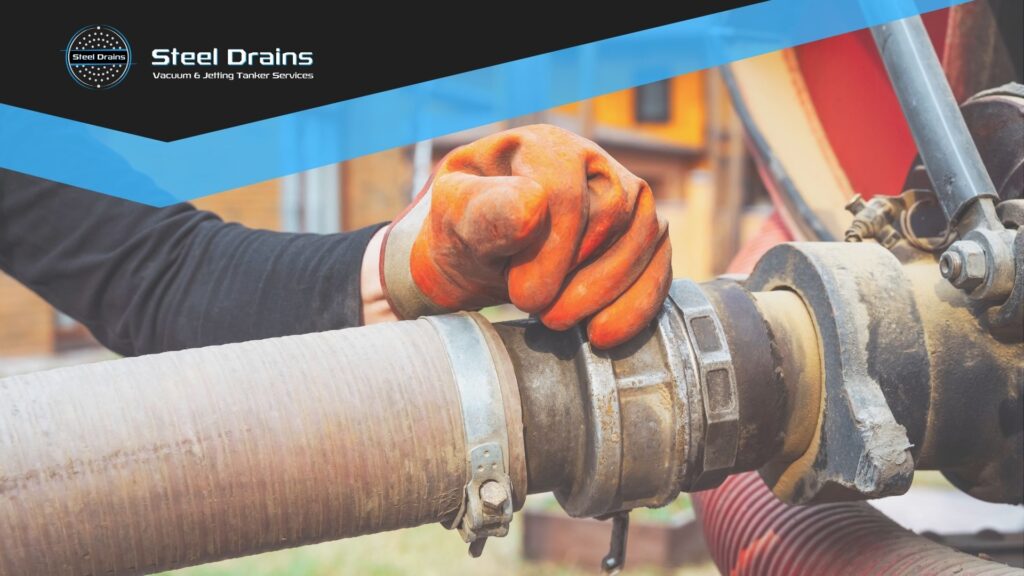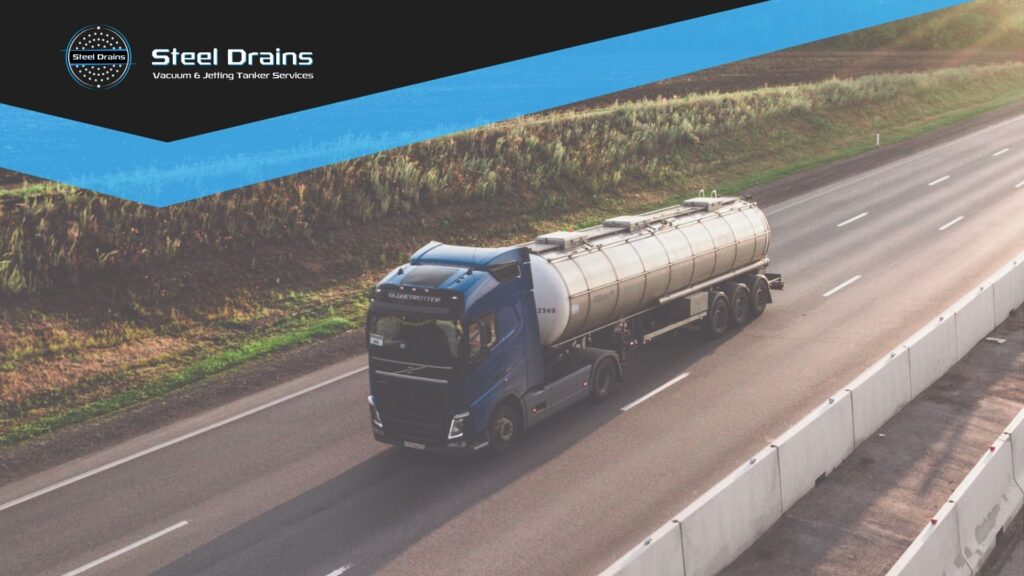Introduction
Regular drain maintenance is essential for homeowners and property managers, as it plays a crucial role in preventing potentially disastrous emergencies. Ignoring this task can lead to significant issues such as flooding, sewage back-ups, and costly repairs. By understanding the importance of proactive drain maintenance, individuals can protect their properties and ensure a well-functioning drainage system. In this comprehensive guide, we will explore the various aspects of drain systems, the importance of regular maintenance, common causes of drain issues, effective maintenance practices, the consequences of neglect, and innovations in drain maintenance technology.
Understanding Drain Systems
The Structure and Function of Drain Systems
Drain systems are intricate networks designed to manage the flow of water and waste away from residential and commercial properties. These systems consist of various components, including pipes, gutters, and manholes, each serving a specific purpose in ensuring effective drainage.
Components of Drain Systems:
- Pipes: The primary conduits for transporting water and waste. These can be made from different materials, including PVC, clay, or concrete, and are sized according to the volume of flow they need to accommodate.
- Gutters: Channels that collect rainwater from rooftops, directing it toward downspouts and into the drainage system.
- Manholes: Access points for maintenance and inspection, allowing professionals to assess the condition of the pipes and clear blockages.
Types of Drainage Systems
Understanding the different types of drainage systems is crucial for effective maintenance. Here are the most common types found in UK properties:
- Surface Drains: Designed to manage water runoff from surfaces such as driveways and lawns. They collect excess rainwater to prevent pooling and flooding.
- Foul Drains: Responsible for carrying away wastewater from toilets and sinks. These drains are crucial for maintaining hygiene within properties as they connect to the main sewer system or a septic tank.
- Stormwater Systems: Specifically designed to manage rainwater runoff during storms, helping to prevent flooding and waterlogging in urban areas.
- Combined Systems: In older areas, foul and stormwater drainage systems may be combined, which can present challenges during heavy rainfall when both types of waste need to be managed simultaneously.
The Critical Role of Drain Systems
The proper functioning of drain systems is vital for maintaining hygiene and preventing environmental hazards. A well-maintained drainage system ensures that wastewater is disposed of safely and efficiently, reducing the risk of contamination and promoting public health.

The Importance of Regular Drain Maintenance
Longevity and Functionality of Drainage Systems
Regular maintenance is not just a recommendation; it is a necessity for the longevity and functionality of drainage systems. Neglecting this responsibility can lead to severe issues that escalate into emergencies.
Potential Issues from Neglect:
- Blockages: Over time, debris, grease, and sediment can build up within pipes, leading to serious blockages. This can result in slow drainage or complete obstruction, causing water to back up into sinks or toilets.
- Corrosion: Pipes, particularly older models, can corrode and weaken over time, leading to leaks and structural damage.
- Structural Damage: Neglected drains can lead to soil erosion and damage to foundations, significantly compromising the structural integrity of a property.
Escalation into Emergencies
The problems that arise from poor drain maintenance can escalate quickly. For example, a simple blockage can lead to overflowing toilets or sinks, causing flooding in bathrooms and kitchens. If sewage systems are compromised, harmful pathogens can enter living spaces, posing serious health risks to occupants.
Early Detection through Regular Inspections
Regular inspections and maintenance allow for the identification of early signs of trouble. By engaging professionals to conduct thorough assessments, potential issues can be detected before they escalate into emergencies. This proactive approach significantly reduces the risks associated with neglected drainage systems.
Common Causes of Drain Issues
Weather Conditions
Weather plays a significant role in the performance of drainage systems. Heavy rainfall, snowfall, or rapid snowmelt can overwhelm drainage systems, leading to flooding. Proper maintenance becomes essential during these periods to ensure that drains remain clear and functional.
Tree Roots
Tree roots are a common cause of drain blockages. As trees grow, their roots can invade underground pipes, causing significant damage and blockages. This issue is particularly prevalent in older properties with clay or concrete pipes. Homeowners should be vigilant about root intrusion, especially in properties with large trees nearby.
Improper Waste Disposal
The disposal of inappropriate materials can drastically affect drain functionality. Common offenders include:
- Fats and Oils: When poured down sinks, these substances can solidify and create blockages.
- Non-Biodegradable Items: Items such as wipes, sanitary products, and plastics can lead to severe clogs in drains, causing back-ups and overflow.
The Importance of Awareness
Homeowners and property managers must be aware of these common causes to take proactive measures in preventing drain issues. Regular maintenance and proper disposal practices can mitigate many of these risks.
Effective Drain Maintenance Practices
Regular Cleaning
One of the most effective practices for maintaining drains is regular cleaning. This involves:
- Removing Debris: Clearing gutters and drains of leaves, mud, and other debris can prevent blockages from forming.
- Flushing: Periodic flushing of the system with water can help remove minor build-up.
Professional Inspections
Engaging professionals for regular inspections is crucial for identifying potential issues before they escalate. These experts can:
- Use CCTV technology to inspect the interior of pipes, identifying cracks, blockages, or invasive roots without invasive measures.
- Provide recommendations for necessary maintenance or repairs based on the condition of the drains.
Proper Waste Disposal
Educating occupants about proper waste disposal practices is vital. Homeowners should ensure that:
- Only biodegradable waste is disposed of in sinks.
- Non-biodegradable items are disposed of in bins, not toilets or drains.
Documentation of Maintenance Records
Keeping detailed records of all maintenance activities can aid in identifying patterns or recurring issues. This documentation can also provide valuable information for professionals when assessing the system’s condition.
The Consequences of Neglected Drain Maintenance
Flooding and Property Damage
Neglecting drain maintenance can result in severe flooding, which can damage floors, walls, and personal belongings. The cost of repairs from such incidents can be substantial, often surpassing the cost of regular maintenance.
Health Risks from Sewage Back-Ups
Sewage back-ups can pose serious health risks, exposing occupants to harmful pathogens and bacteria. This can lead to illnesses, requiring medical attention and potentially resulting in legal liabilities for property managers.
Financial Implications
The financial implications of neglecting drain maintenance can be staggering. Emergency repairs typically cost significantly more than regular maintenance. By investing in preventive measures, homeowners and property managers can avoid costly emergencies and ensure the long-term health of their drainage systems.
Innovations in Drain Maintenance Technology
CCTV Inspections
The use of CCTV technology has revolutionised drain maintenance. This technique allows for:
- Early Detection: Identifying blockages, cracks, and structural issues without invasive digging.
- Accurate Reporting: Providing clear visuals of the drain’s condition, enabling informed decisions regarding repairs.
High-Pressure Water Jetting
High-pressure water jetting is another innovative technology that assists in clearing stubborn blockages:
- Effective Clearing: It uses high-pressure water streams to dislodge debris and build-up within pipes, restoring flow.
- Environmentally Friendly: This method is eco-friendly, as it relies solely on water, reducing the need for harsh chemicals.
Maintenance Management Software
Advancements in technology also extend to maintenance management software, which can help property managers:
- Schedule Routine Inspections: Ensuring that maintenance is performed regularly.
- Track Maintenance History: Documenting previous work and identifying patterns that may necessitate further attention.

Conclusion
In conclusion, the importance of regular drain maintenance cannot be overstated. It is critical in preventing emergencies that can lead to significant property damage and health risks. By understanding the structure and function of drain systems, the necessity of regular maintenance, common causes of drain issues, effective maintenance practices, the consequences of neglect, and the latest innovations in technology, homeowners and property managers can make informed decisions. Prioritising proactive measures will not only ensure the functionality of drainage systems but also protect properties from potential damage. Start prioritising your drain maintenance today to safeguard your investment and ensure peace of mind.